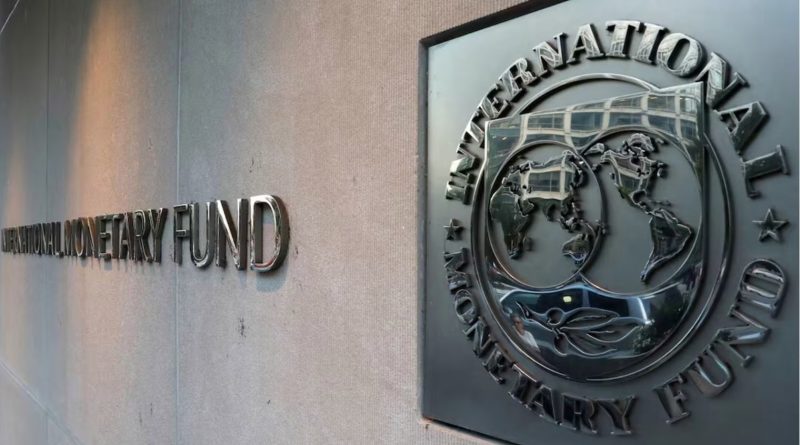The International Monetary Fund (IMF) has raised its 2025 global growth projection, citing milder-than-expected tariff impacts and resilient financial conditions. However, it warned that a renewed US-China trade war could significantly slow economic output in the coming years.
In its World Economic Outlook released Tuesday, the IMF forecasted global GDP growth of 3.2 percent in 2025 — up from 3.0 percent in July and 2.8 percent in April — as global trade disruptions proved less damaging than feared. Growth for 2026 remains steady at 3.1 percent.
The upgrade reflects “a better-than-expected adjustment” to tariff shocks, supported by factors such as a weaker US dollar, fiscal stimulus in Europe and China, and booming investments in artificial intelligence, said IMF Chief Economist Pierre-Olivier Gourinchas.
“Bottom line: not as bad as we feared, but worse than we need,” he said ahead of the IMF and World Bank’s annual meetings.
Trade war fears resurface
The relative calm was disrupted last week when Donald Trump threatened to impose 100 percent duties on Chinese imports — on top of existing average tariffs of 55 percent — in response to Beijing’s tighter export controls on rare earths.
“If this were to materialize, it would be a very significant risk for the global economy,” Gourinchas cautioned.
An IMF downside scenario suggests that a 30-percentage-point increase in US tariffs on Chinese goods, alongside smaller hikes for other major economies, could shave 0.3 percentage points off global growth by 2026, with losses deepening to 0.6 percentage points by 2028. If higher inflation and tighter financial conditions are factored in, global output could fall by up to 1.8 percentage points by 2027, the IMF said.
Regional outlooks remain mixed
Despite the global risks, the US economy remains resilient. The IMF now projects 2.0 percent growth in 2025 and 2.1 percent in 2026, supported by a Republican-led tax stimulus, easier credit conditions, and continued AI-driven investment.
The Eurozone outlook also improved slightly to 1.2 percent growth in 2025, helped by fiscal expansion in Germany and strong performance in Spain. Japan saw one of the sharpest upgrades, with growth now forecast at 1.1 percent in 2025, buoyed by higher wages and domestic demand.
In Latin America, growth is expected to reach 2.4 percent, up from 2.2 percent in July, with Mexico’s outlook raised to 1.0 percent for 2025.
The IMF kept its China growth forecast unchanged at 4.8 percent for 2025 and 4.2 percent for 2026, citing temporary export gains and ongoing weaknesses in the property sector. “The outlook remains worrisome,” Gourinchas warned, noting that China’s economy “teeters on the edge of a debt-deflation trap.”
Inflation remains uneven
Global headline inflation is projected to ease to 4.2 percent in 2025 and 3.7 percent in 2026, though the IMF noted sharp variations across countries. Inflation in the US may rise as firms pass on tariff-related costs to consumers, while Asian exporters such as China, India, and Thailand could see lower inflation due to softer demand.
Overall, the IMF said that while the global economy has adapted to recent tariff shocks better than expected, any escalation in trade tensions — particularly between Washington and Beijing — could swiftly reverse those gains.
“Trade resilience has surprised us,” Gourinchas said, “but the risks ahead are real, and they could test that resilience very soon.”






